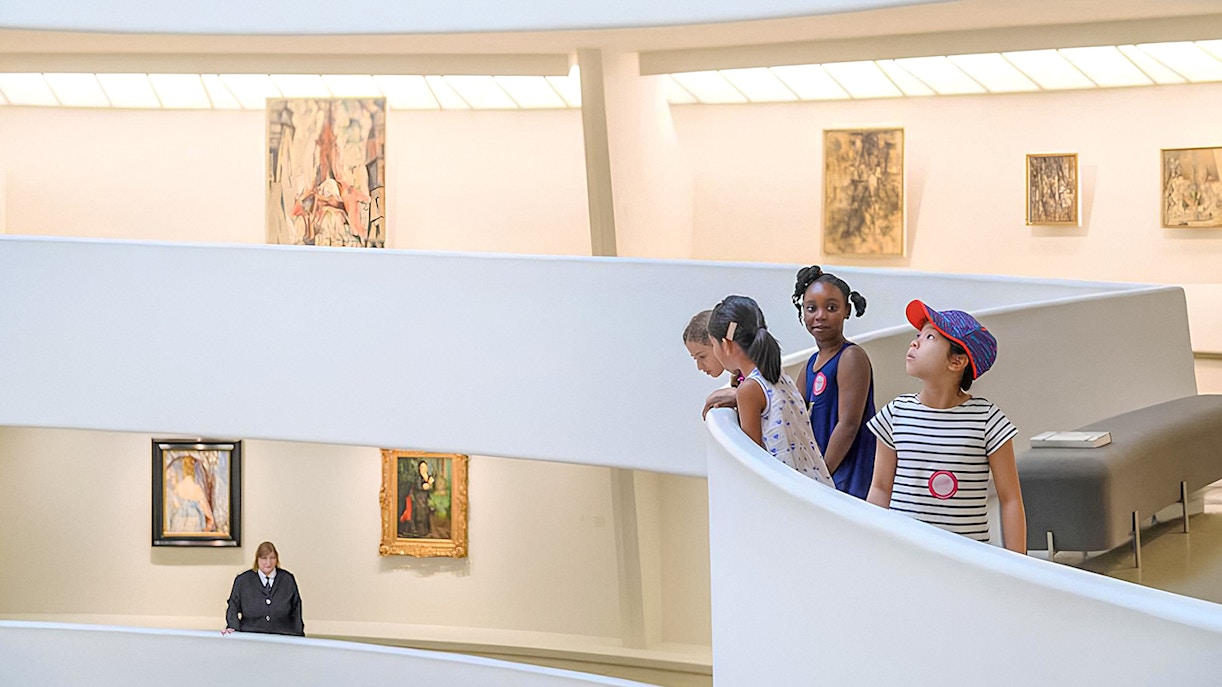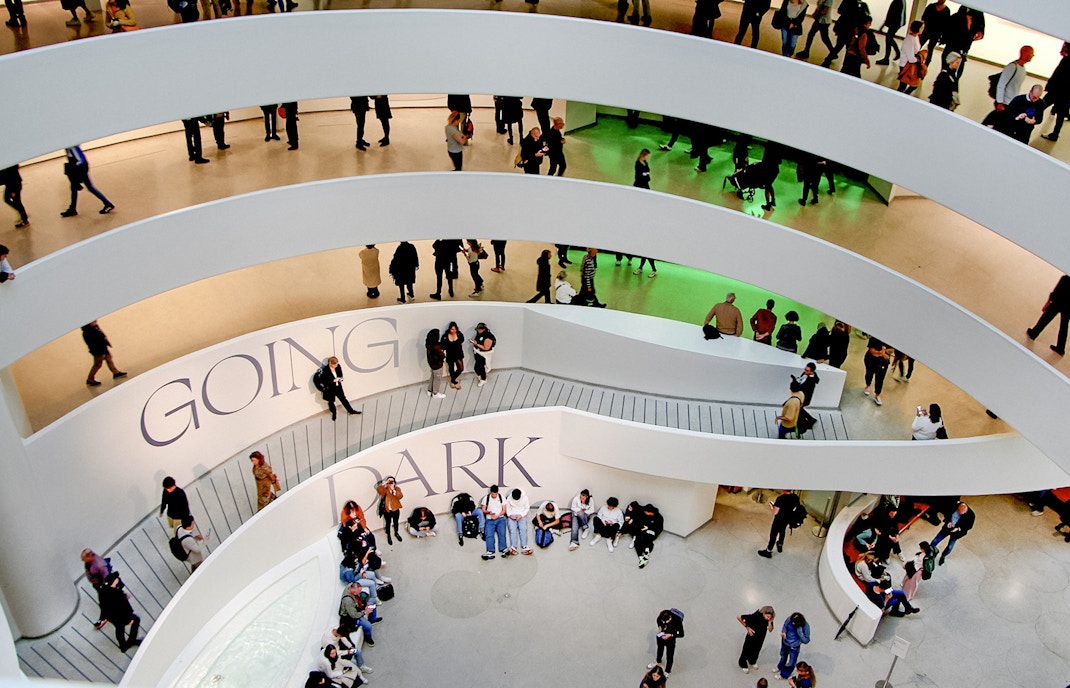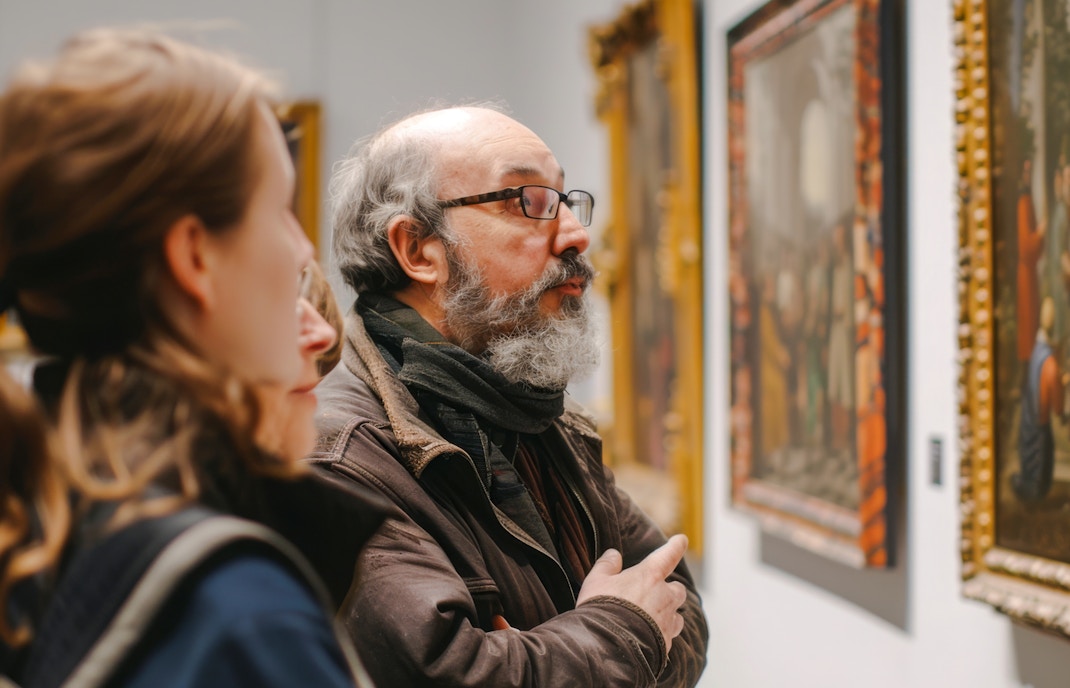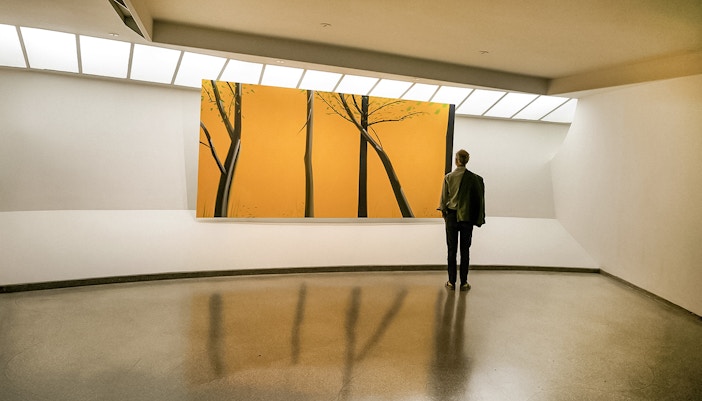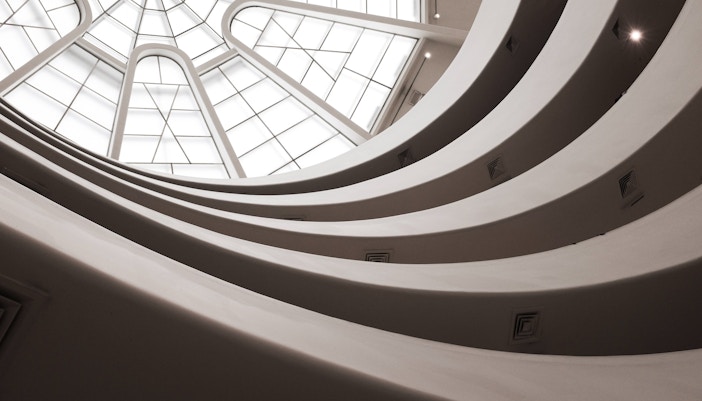History of the Guggenheim Museum paintings
The Guggenheim Museum, initially known as the Museum of Non-Objective Painting, was established in 1937 by Solomon R. Guggenheim. His passion for abstract art led to the creation of a unique collection of paintings, which were first displayed in 1939 in New York. The collection included remarkable works by Vasily Kandinsky and his followers, such as Rudolf Bauer, Alice Mason, Otto Nebel, and Rolph Scarlett.
The museum’s collection of paintings grew over time, reflecting the evolving trends in art. The museum boasts the world’s largest collection of paintings by Wassily Kandinsky, showcasing his journey from his early landscapes to his later, more abstract works. The collection also includes rich holdings of paintings by Pablo Picasso, Paul Klee, and Joan Miró, each artist’s passion and unique style reflected in their paintings.The third floor houses works from the Guggenheim Museum Bilbao Collection. This collection showcases a journey through some of the leading art movements in the second half of the twentieth century and the early years of the twenty-first. It includes works by renowned artists like Cristina Iglesias, Sol LeWitt, and Mark Rothko.
History of the Guggenheim Museum
